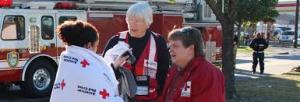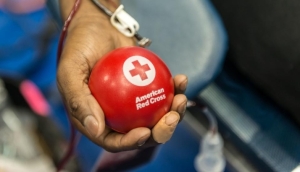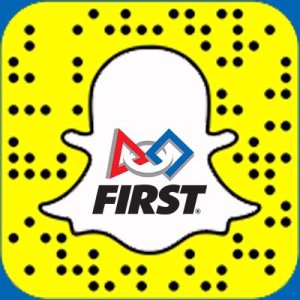Cody Gotchall is an Oregon student taking online courses in pursuit of earning a transfer degree in business. Cody Gotchall has been a supporter of the American Red Cross through blood donations since 2012.
The American Red Cross recently celebrated the accomplishment of installing more than 120,000 free smoke alarms in dozens of at-risk cities nationwide. More than 29,000 volunteers registered to work with community partners to install the alarms as part of the Red Cross’ Sound the Alarm initiative. The alarms were installed in more than 50,000 households during the months of April and May. Jackie Sturdivant is the owner of one of the homes in which a smoke alarm was installed. She credited the alarm for saving her and her three children following an electrical fire.
The Sound the Alarm initiative is part of the larger Home Fire Campaign, which was launched in 2014 to reduce the number of lives lost as a result of house fires. Since that time, the Red Cross has installed more than 1.7 million smoke alarms in more than 709,000 households and delivered youth preparedness programs to more than 1.3 million children.



